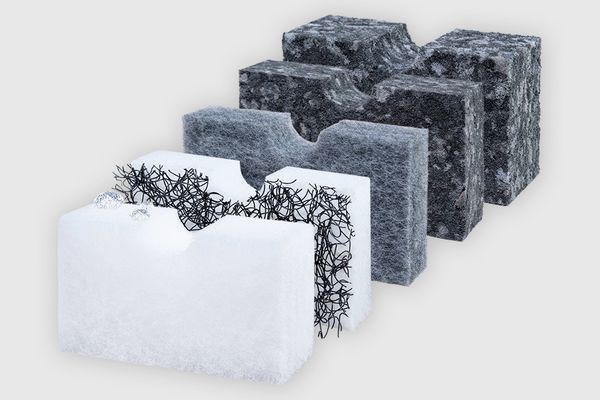Absorption coefficient – a measure of the effectiveness of sound absorbers
The absorption coefficient (α) is a key parameter in acoustics and sound insulation. It indicates how much sound energy is absorbed by a material instead of being reflected. The value ranges from 0 (no absorption, complete reflection) to 1 (complete absorption).
A high absorption coefficient means that a material is particularly well suited to reducing reverberation and improving room acoustics. This plays a key role in the design of offices, conference rooms, production halls, schools and public buildings.
How does the absorption coefficient work?
Sound waves hit a surface and are either:
- Reflected – The sound remains in the room, which can lead to annoying reverberation.
- Absorbed – The sound energy is converted into heat, which reduces the noise.
- Transmitted – The sound penetrates the material and reaches the other side.
The higher the absorption coefficient, the less sound is reflected – this ensures significantly better room acoustics.
Highly absorbent sound absorbers by Cellofoam
To ensure optimum sound insulation and sound absorption, Cellofoam offers a wide range of highly effective acoustic materials:
✔ Heavy foil combinations
Absorption & sound insulation for machines & technical applications
✔ Sound absorbers for industrial applications
Optimal noise reduction in production and assembly halls
✔ Acoustic foams
Ideal for reducing reverberation in offices, schools and recording studios
✔ Absorber panels and custom-fit prefabricated parts
For noise reduction in construction, forestry and agricultural machinery as well as
special vehicles

Conclusion
The absorption coefficient is a key parameter for the effectiveness of soundproofing materials. With Cellofoam's high-quality sound absorbers, you can reduce reverberation, optimise acoustics and effectively minimise noise.
Please feel free to ask us about it.









